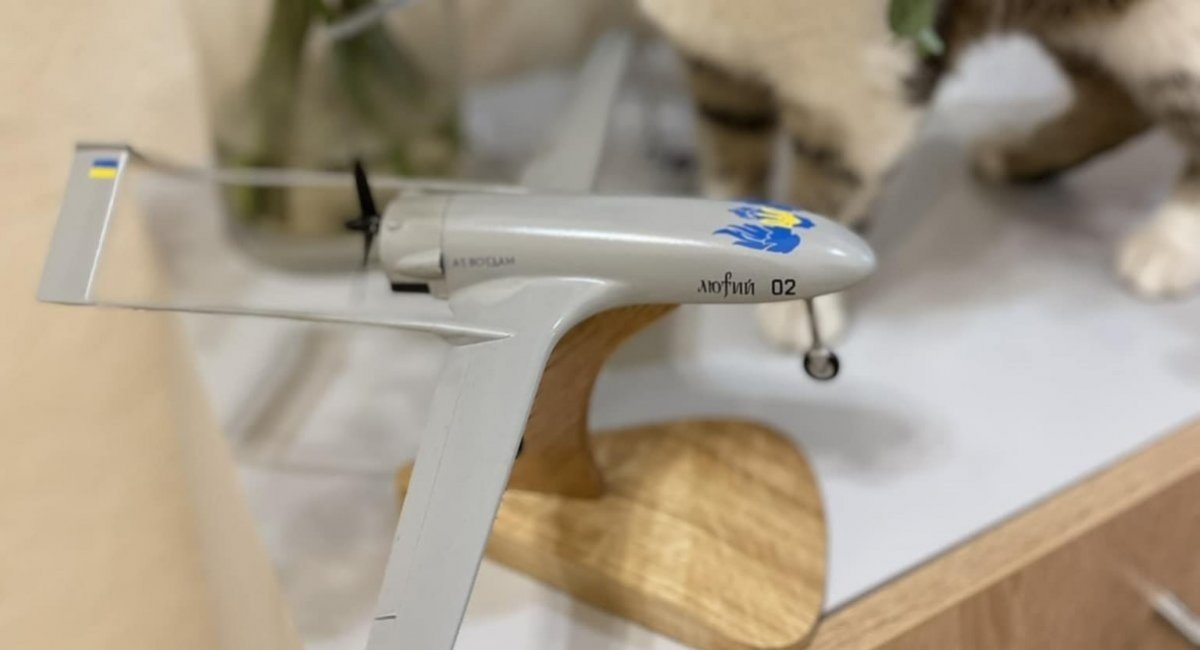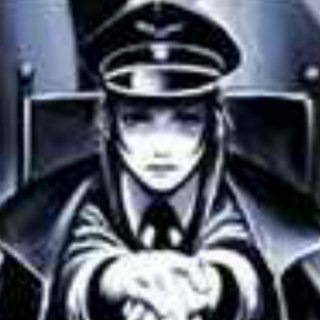KipPotapych
Well-Known Member
Spotted this article cited somewhere (do not recall where) a couple of days ago. I don’t think I would ever go to the Sun intentionally for a “news report”, but this one talked about the feedback about the Challengers in particular. The Sun’s journalist visited a Ukrainian training ground, with infantry and Challenger crews running exercises. A summary of the article:
- the training ground is located close to the frontline (reportedly, the Sun crew could see “the plumes of smoke from the heavy Russian air strikes”);
- the Challenger squadron commander was trained in Britain;
- the best thing he likes about that tank is the barrel and its precision (“10 times better than the T-80” he previously ran);
- the commander also mentioned that the tank has good armour, though the article indicated the donated tanks were not equipped with the “top-secret armour” add-on;
- in line with the Sun’s and Ukrainian reporting traditions, they are regularly blasting targets 4.5 km away, but the longest shot they took was… 4.5 km;
- “It is a really powerful weapon, but it all depends on how it is used.”
- the terrain hasn’t allowed for a tank-on-tank battle with the Russians (though we have seen quite a few of such duels in the videos posted by both RU and UA sources);
- most of the missions involve firing at armoured Russian positions;
- “fully-stabilized turret and gun” is praised by the crew for the ability to aim fire quickly in any direction on the move;
- the Challengers are more “spacious and comfortable” than the Ts they have been used to;
- these tanks are too big and heavy, as well as underpowered;
- struggles with mobility and maneuver across ground;
- they keep getting stuck (got stuck while taking the reporter for a ride);
- a year after the 14 tanks were delivered, only 7 are still “fighting fit”;
- one was destroyed, which we saw (the article reports that the burned out hull was recovered);
- two were badly damaged in the counteroffensive, but have since been repaired (one had to have the barrel replaced);
- reliability is a big problem: “They have been breaking from the start”;
- specifically mentioned are the rubber pads and wheels wearing out, as well as the parts in the turret and in the precision aiming are not long-lasting;
- five have broken down and they lack parts and skilled mechanics to put them back to service;
- logistics, of course, is a problem;
- a bit more of the little cues I talked about in my other posts: “chronic shortage of fresh soldiers on the front lines meant trained tank crew had been removed from their vehicles in order to dig trenches for the infantry”;
- lack of the “top-secret armour” (which adds another 12 tonnes, according to the article) is compensated for by the addition of welded armoured bars and cages around the turrets at crews’ own expense;
- the exhausted infantry was digging trenches during the exercises near by and the “battle-hardened sergeants” were firing live rounds over their heads “to make it feel terrifyingly real”;
- they had used the Challenger to terrify the Russian infantry by driving the tank directly at their trenches because they did not have the right ammunition to attack the infantry (lol?);
- the Russian/Soviet tanks are battle machines built for multiple tasks, while NATO tanks are mostly about sniping and duels (which terrain does allow for?);
- “The main problem for Challenger 2s on the battle ground is a commander who doesn’t understand what it was designed for”;
- they conclude that the tanks were built to fight the Russians and ask to send more if possible.
That’d be it for the summary. I think it is fairly clear now why these machines are not on the battlefield. A few notable pics from the article.
A Challenger firing:

Getting stuck with the reporter onboard:
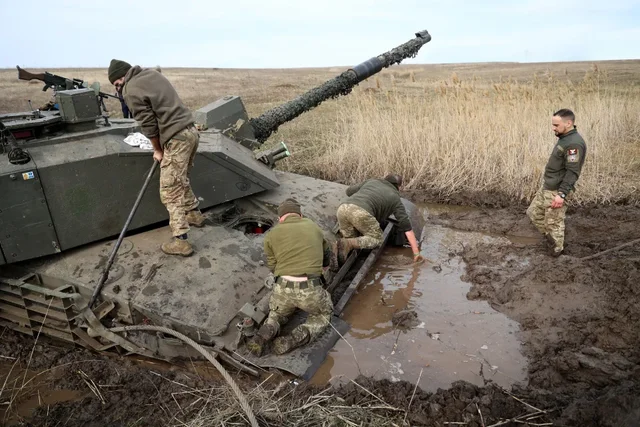
“Battle-hardened sergeant” firing live rounds over the heads of the infantry personnel in training:
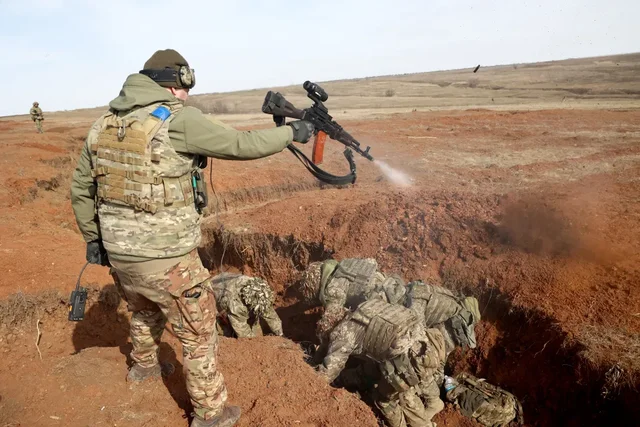
Not sure if this is trolling or what, but the pic they provided for “enemy’s ageing T-80 fleet”:
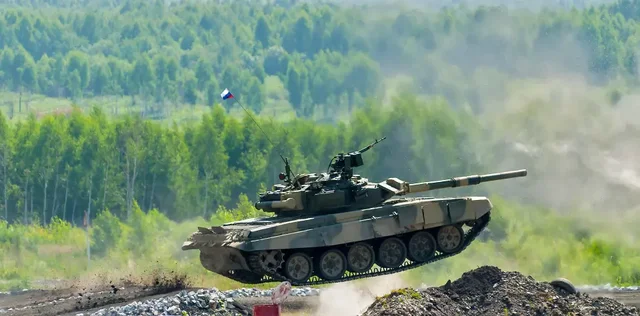

 www.thesun.co.uk
www.thesun.co.uk
- the training ground is located close to the frontline (reportedly, the Sun crew could see “the plumes of smoke from the heavy Russian air strikes”);
- the Challenger squadron commander was trained in Britain;
- the best thing he likes about that tank is the barrel and its precision (“10 times better than the T-80” he previously ran);
- the commander also mentioned that the tank has good armour, though the article indicated the donated tanks were not equipped with the “top-secret armour” add-on;
- in line with the Sun’s and Ukrainian reporting traditions, they are regularly blasting targets 4.5 km away, but the longest shot they took was… 4.5 km;
- “It is a really powerful weapon, but it all depends on how it is used.”
- the terrain hasn’t allowed for a tank-on-tank battle with the Russians (though we have seen quite a few of such duels in the videos posted by both RU and UA sources);
- most of the missions involve firing at armoured Russian positions;
- “fully-stabilized turret and gun” is praised by the crew for the ability to aim fire quickly in any direction on the move;
- the Challengers are more “spacious and comfortable” than the Ts they have been used to;
- these tanks are too big and heavy, as well as underpowered;
- struggles with mobility and maneuver across ground;
- they keep getting stuck (got stuck while taking the reporter for a ride);
- a year after the 14 tanks were delivered, only 7 are still “fighting fit”;
- one was destroyed, which we saw (the article reports that the burned out hull was recovered);
- two were badly damaged in the counteroffensive, but have since been repaired (one had to have the barrel replaced);
- reliability is a big problem: “They have been breaking from the start”;
- specifically mentioned are the rubber pads and wheels wearing out, as well as the parts in the turret and in the precision aiming are not long-lasting;
- five have broken down and they lack parts and skilled mechanics to put them back to service;
- logistics, of course, is a problem;
- a bit more of the little cues I talked about in my other posts: “chronic shortage of fresh soldiers on the front lines meant trained tank crew had been removed from their vehicles in order to dig trenches for the infantry”;
- lack of the “top-secret armour” (which adds another 12 tonnes, according to the article) is compensated for by the addition of welded armoured bars and cages around the turrets at crews’ own expense;
- the exhausted infantry was digging trenches during the exercises near by and the “battle-hardened sergeants” were firing live rounds over their heads “to make it feel terrifyingly real”;
- they had used the Challenger to terrify the Russian infantry by driving the tank directly at their trenches because they did not have the right ammunition to attack the infantry (lol?);
- the Russian/Soviet tanks are battle machines built for multiple tasks, while NATO tanks are mostly about sniping and duels (which terrain does allow for?);
- “The main problem for Challenger 2s on the battle ground is a commander who doesn’t understand what it was designed for”;
- they conclude that the tanks were built to fight the Russians and ask to send more if possible.
That’d be it for the summary. I think it is fairly clear now why these machines are not on the battlefield. A few notable pics from the article.
A Challenger firing:

Getting stuck with the reporter onboard:

“Battle-hardened sergeant” firing live rounds over the heads of the infantry personnel in training:

Not sure if this is trolling or what, but the pic they provided for “enemy’s ageing T-80 fleet”:


I joined Ukrainian soldiers in Brit Challenger 2 tank that blasts Russians
THESE are the monster Challenger 2 tanks blasting the Russian invaders in Ukraine. The Sun gained world-first access as crews unleashed the British-made tank’s devastating 120mm main gun. Soldiers …

